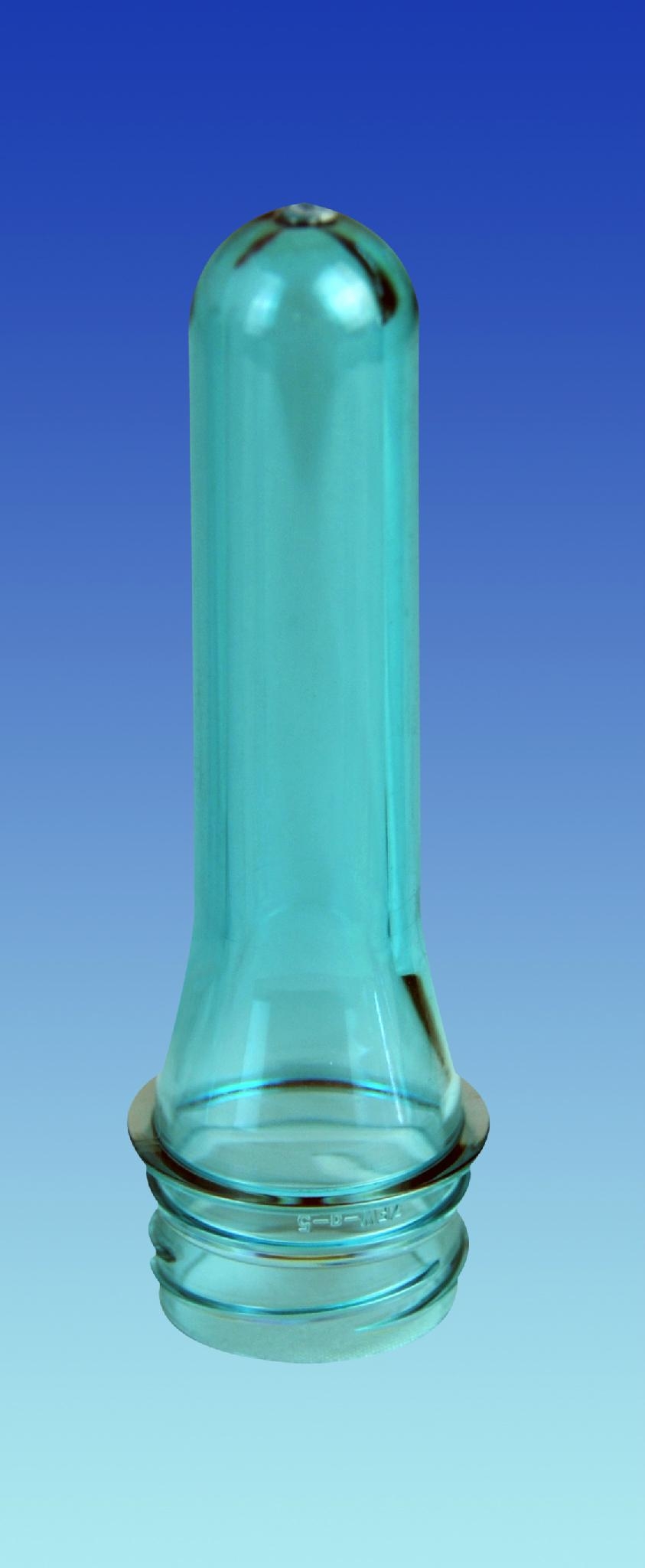

Obtaining high-quality PET-packaging directly depends on the degree of perfection of all technological stages, thereby predetermining the necessity to build an effective system to control and manage the technological process of the shape formation of bottles made from polyethylene terephthalate.Īn analysis of information about the quality of PET-packaging shape formation based on monitoring the information structure of an automated system would make it possible to ensure operative adjustment of shape forming parameters at the minimized percentage of defects by organizing selective control over the products made. That has been demonstrated using an example of the proposed technique of quality estimation of the finished PET bottles based on the thickness of their walls.


The percentage of maximum principal stress reduction is remarkable, which provides a feasible theoretical guidance for the structural optimization of PET bottle bottom in the production process.īased on the information structure of an automated quality monitoring system, we have designed a system to analyze information on the quality of forming the shape of PET-packaging, with a possibility of statistical control over the technological process using Shewhart control charts.
#Pet preform bottle manual#
In contrast to other papers, this paper dispenses with the manual adjustment of various variables, instead adopting automatic shape optimization to obtain a more accurate model. Under the premise of the same material quality, the surface maximum principal stress, the overall maximum principal stress, and the total elastic strain energy of the bottle bottom are reduced by 46.39–71.81%, 38.16–71.50%, and 38.56–61.38%, respectively, while the deformation displacement is also reduced by 0.63 mm–3.43 mm. Then, the shapes of four bottle bottom structures are fine-tuned by using the automatic optimization method. In this paper, through numerical simulation and finite element analysis, the mechanical properties of four typical geometric models of bottle bottom are studied, and it is determined that “claw flap bottle bottom (CF-bottom)” has the best structure.
#Pet preform bottle crack#
The polyethylene terephthalate (PET) beverage bottle is one of the most common beverage packages in the world, but the bottom of the PET bottle tends to crack due to excessive stress. The structural simulation studies performed by the ANYSYS simulation package validated most of our experimental findings. Truly biaxial orientation of PET molecules improved both top‐load and burst resistances of the bottles. It was found that bottles of highest quality were produced if the sequencing of axial stretching and radial inflation results in simultaneous biaxial deformation of the preform. The simulation results obtained through the both simulation packages were compared with experimental results. The bottles were produced under different process conditions where the timing of the stretch rod movement was varied in relation to the activation of the blow pressure. BlowView was used for the ISBM process simulation and ANSYS for structural analysis of the bottles. In this study, process optimization of a 350‐mL PET fruit juice bottle was carried out by means of BlowView and ANSYS simulation packages.

To overcome this difficulty, simulation packages based on finite element analysis methods have been developed. However, doing so experimentally is time‐consuming and costly. Optimization of the process parameters is necessary to achieve bottles with adequate top load and burst strength. Plastics bottles made out of poly(ethylene terephthalate) (PET) are usually produced by injection stretch blow molding.


 0 kommentar(er)
0 kommentar(er)
